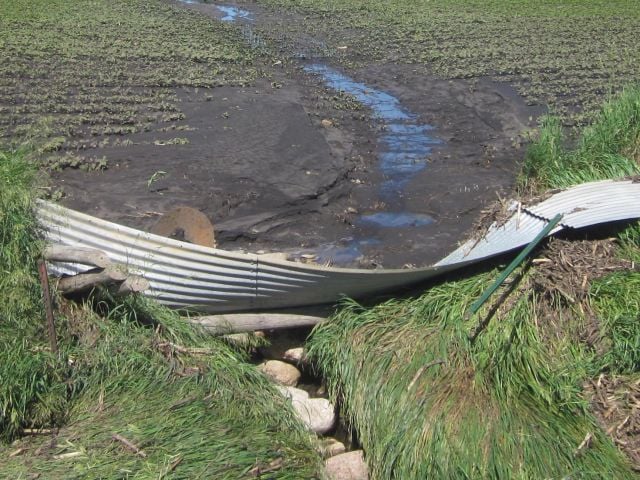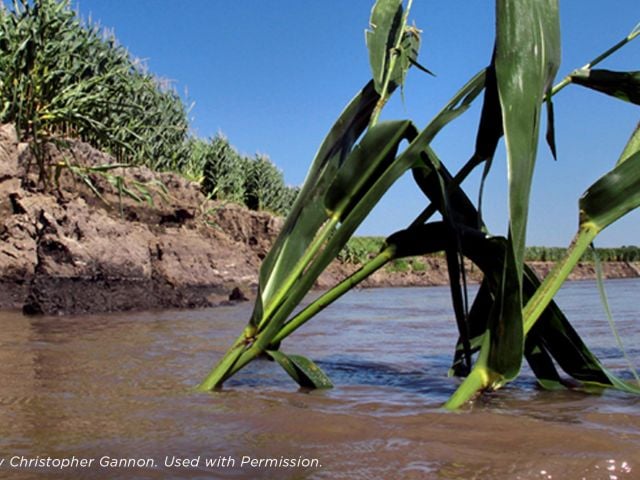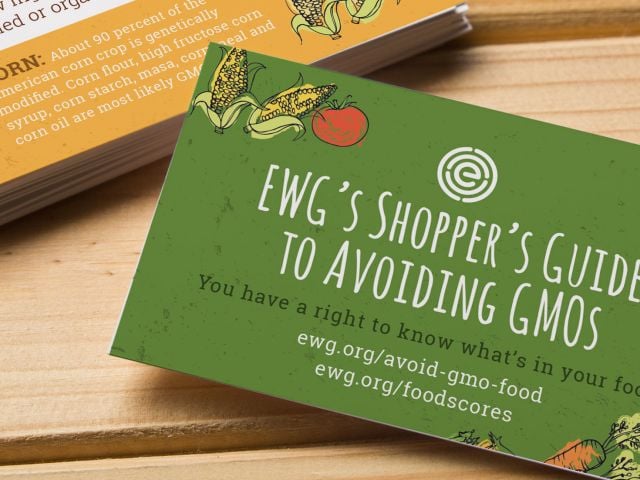Displaying 1 - 24 of 7612
Clearcut Disaster
Almost no one would support massive clear-cutting of America's forests as a way to slow global warming and promote renewable energy. Yet that is precisely what is destined to happen under the incentives created by current and proposed policies, at both the state and federal level.

Pollution in Minority Newborns

EWG's Report on Cell Phone Radiation
EWG's 2009 Report on cell phone radiation summarizes the state of the science on cell phone radiation and raises concerns about long-term health impacts. Recommendations to reduce exposures for consumers included using a headset or putting the phone into speaker mode.

EWG's Back-To-School Guide


State by State EQIP Cuts

Congress Poised To Cut Conservation Funds That Aided Farm Bill’s Passage

Fire Retardants in Toddlers and Their Mothers

Credibility Gap: Toxic Chemicals in Food Packaging

Polluted Pets

Grand Canyon Threatened by Approval of Uranium Mining Activities

Nailed

Teflon Chemical Harmful at Smallest Doses

BPA in Canned Food

Toxic Stew

Iowa's Low Hanging Fruit

“Washout” Revisited

Broken Stream Banks

Nearly 500 ways to make a yoga mat sandwich

EWG’s 2014 Shopper’s Guide To Avoiding GMO Food

Cutting Waste in the Crop Insurance Program
Congress could dramatically cut spending on the federal crop insurance program without sacrificing anything other than the political objective of propping up a crop insurance industry that only exists because of taxpayer support. Cutting this spending would not necessarily mean providing farmers with less money, because the freed-up funds could be spent on programs that benefit both farmers and

EWG’s guide to endocrine disruptors

Exposing the Cosmetics Cover-up

Pumped Up
